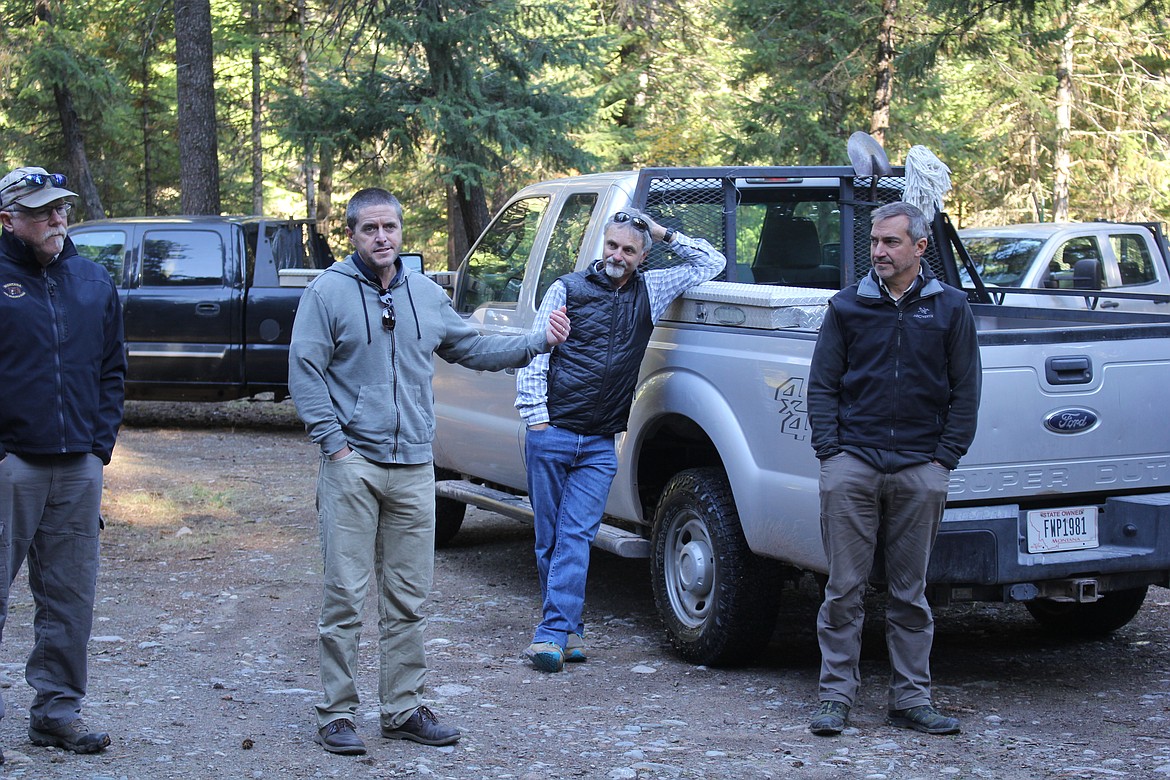Stakeholders discuss future management at Fish Creek
About three dozen people participated in a 3-hour field trip of Fish Creek to collaborate on ideas, brainstorm, strategize and leave with a better understanding of what Fish Creek means to organizations, recreationists and landowners when it comes to its future.
Since the pandemic, the use of this area skyrocketed and issues have come with its discovery that are being addressed now, rather than in reactionary mode...
Become a Subscriber!
You have read all of your free articles this month. Select a plan below to start your subscription today.
Already a subscriber? Login



